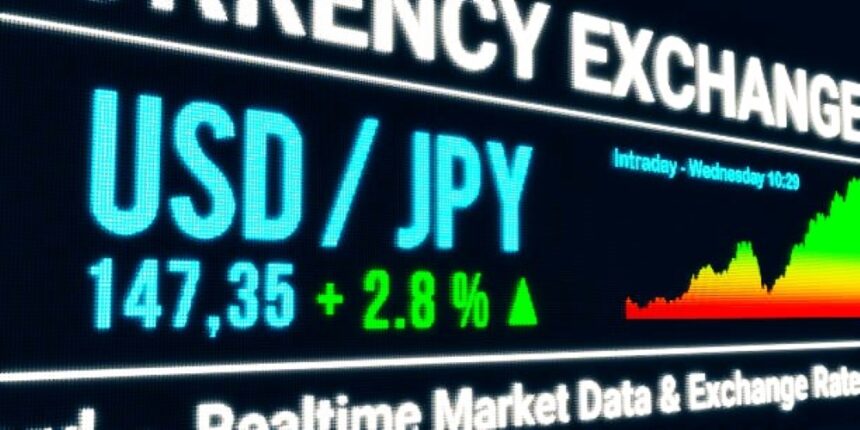Japanese yen rises ahead of the US PMI release.
The Japanese Yen (JPY) rose slightly after the Bank of Japan (BoJ) announced on Thursday that the amounts of Japanese government bonds (JGBs) were unchanged from the previous operation. Over a month ago, the BoJ reduced the number of 5-10 years it purchased in a scheduled operation.
Japan’s Manufacturing PMI rose to 50.5 in May from 49.6 in April, indicating the first increase since May 2023.
JPY avoided cheering the Purchasing Managers Index (PMI). Data from Japan revealed that private sector growth reached a nine-month high in May, as industrial activity resumed increase.
The US dollar rose as the FOMC Minutes raised doubt on the Fed’s willingness to continue with rate lowering.
The US Dollar (USD) stays steady ahead of the US PMI data, which is due Thursday. However, the Greenback gained gains on Wednesday with the release of minutes from the most recent Federal Open Market Committee (FOMC) policy meeting.
Policymakers of the Federal Reserve (Fed) have expressed concern about the moderate pace of inflation, which has proven to be more persistent than expected at the start of 2024. As a result, the Fed is hesitant about cutting interest rates.
Daily Market movers: Taiwan’s new president, Lai Ching-te, has sparked tensions, but the Japanese yen stays stable amid US PMI data.
China’s state media According to reports, China has deployed multiple fighter jets and carried out simulated strikes in various parts of the region, including activities by naval boats.
Japan’s Manufacturing Purchasing Managers Index (PMI), reported monthly by Jibun Bank and S&P Global, increased to 50.5 in May from 49.6 in April, exceeding market forecasts of 49.7. This represents the first growth since May 2023. Meanwhile, the Services PMI declined to 53.6 from 54.3, representing the quickest expansion in eight months.
On Wednesday, Japan’s Merchandise Trade Balance revealed that the trade deficit climbed to ¥462.5 billion in April, from the prior surplus of ¥387.0 billion. The market expected a deficit of ¥339.5 billion, but the outcome exceeded that. The deficit was mostly caused by the recent depreciation of the JPY, which resulted in an increase in import value that outweighed advantages from export growth.
On Wednesday, Japan’s 10-year government bond yield reached 1% for the first time since May 2013, driven by traders’ rising wagers that the Bank of Japan would tighten policy further in 2024.
According to the CME FedWatch Tool, the probability of the Federal Reserve enacting a 25 basis-point rate cut in September has decreased slightly to 50.7%, down from 51.6% the day before.
Susan Collins, President of the Federal Reserve Bank of Boston, spoke on Tuesday at an event titled “Central Banking in the Post-Pandemic Financial System”. Collins indicated that progress toward interest rate adjustment will take longer, and highlighted that patience is the proper strategy. the Federal Reserve, according to Reuters.









